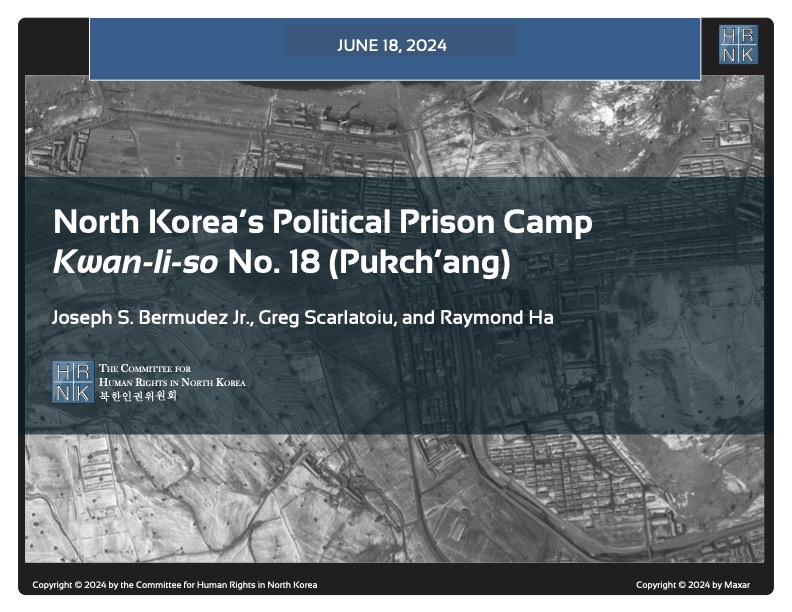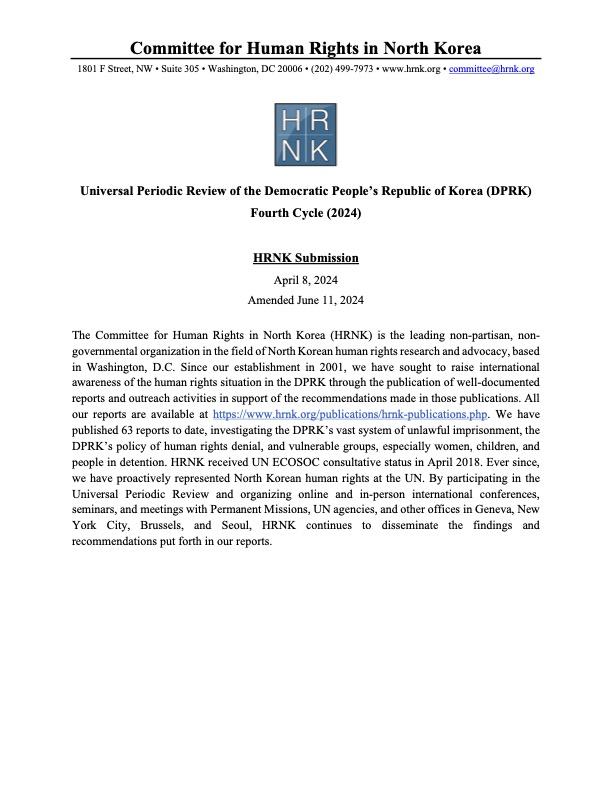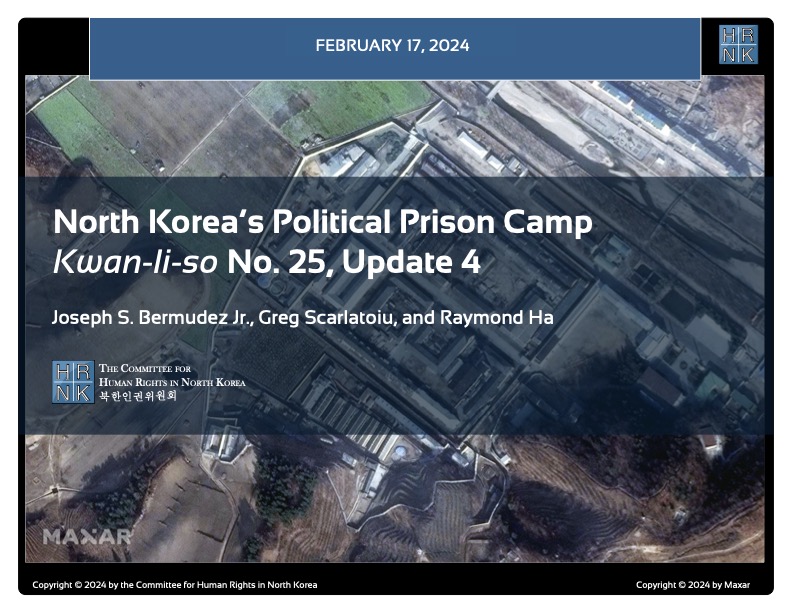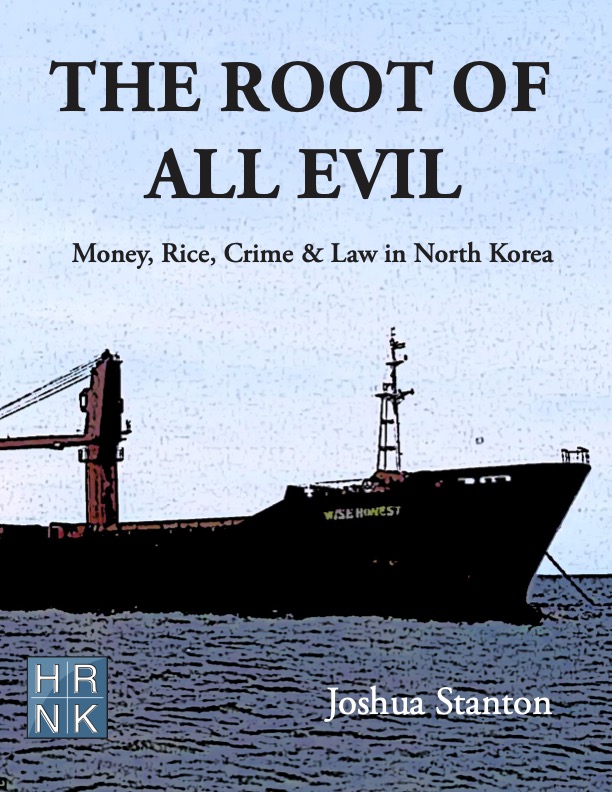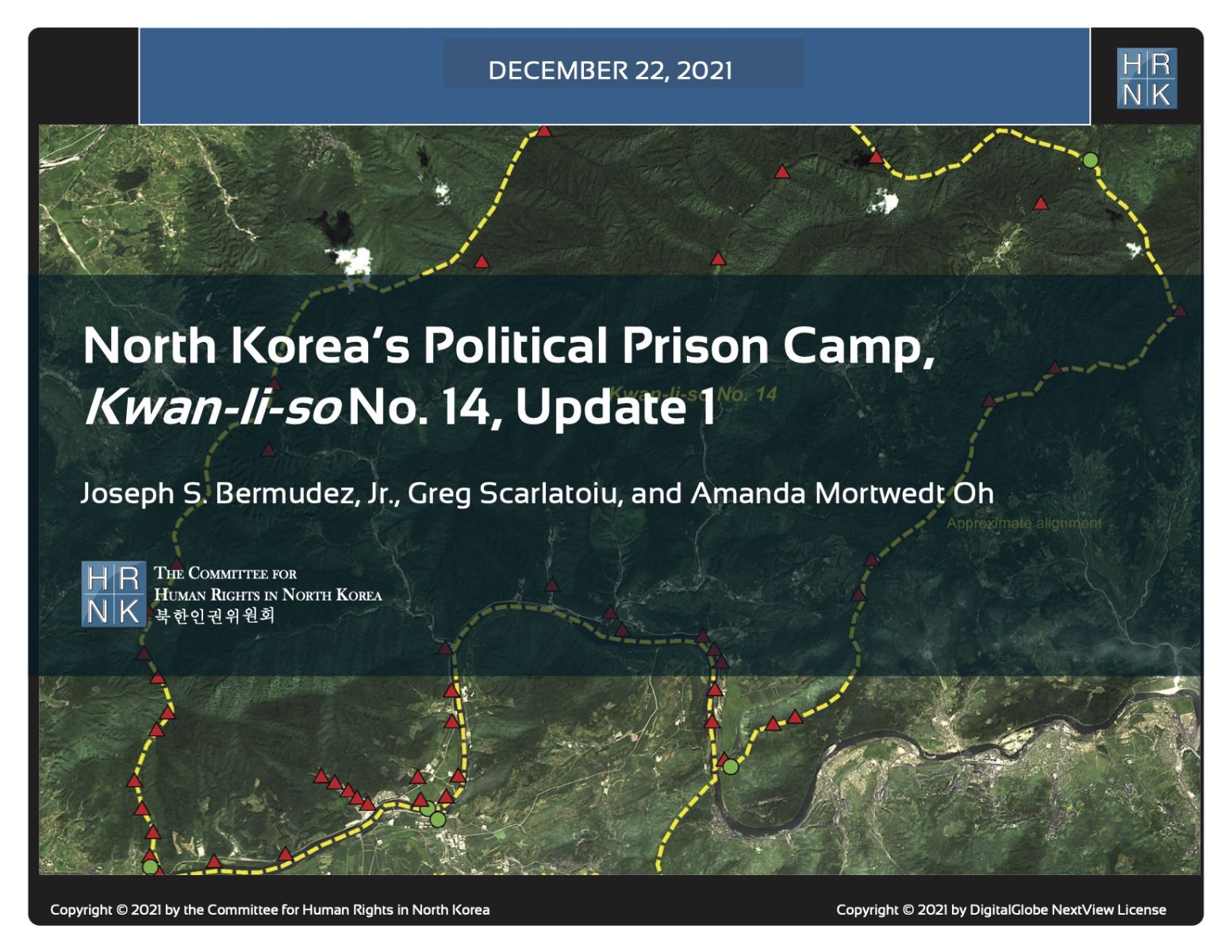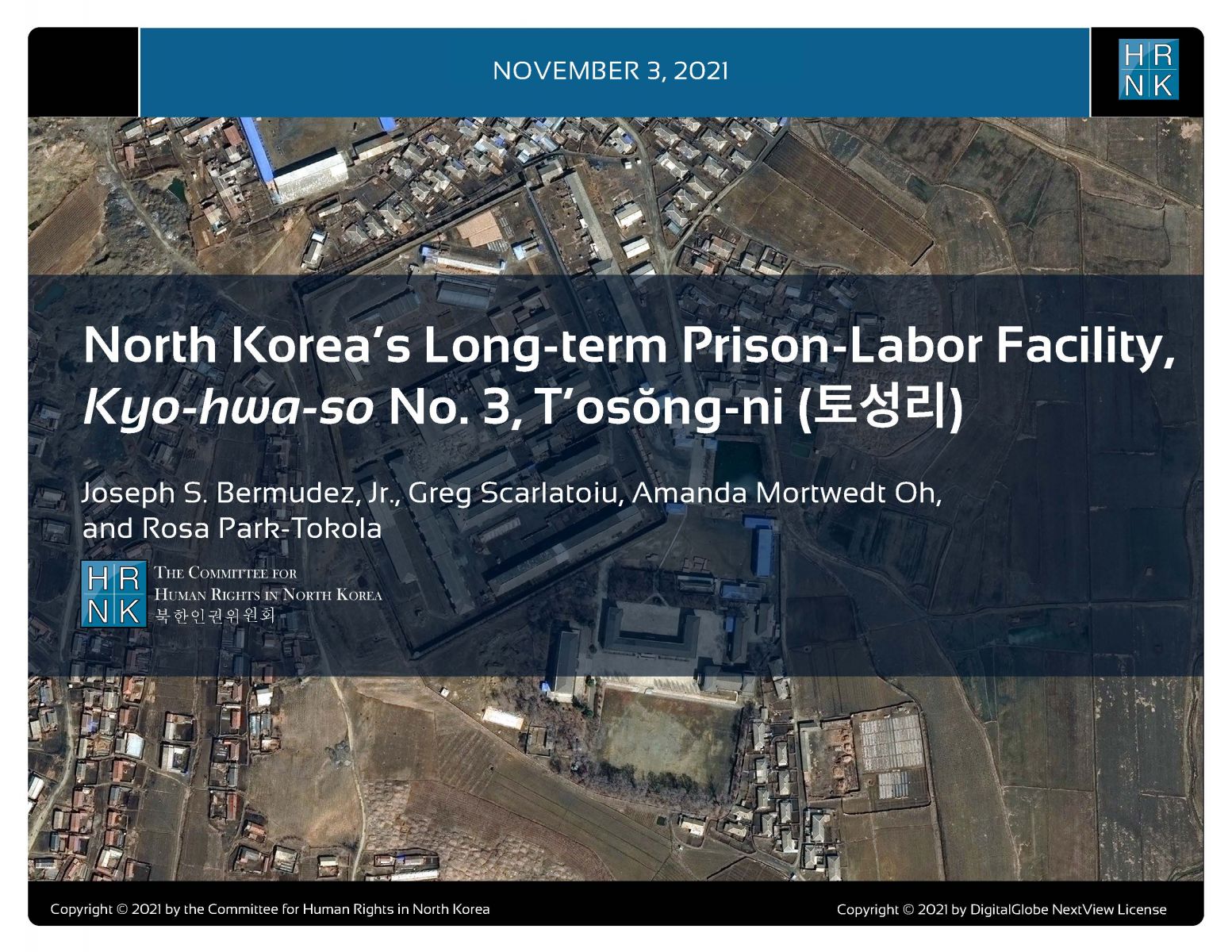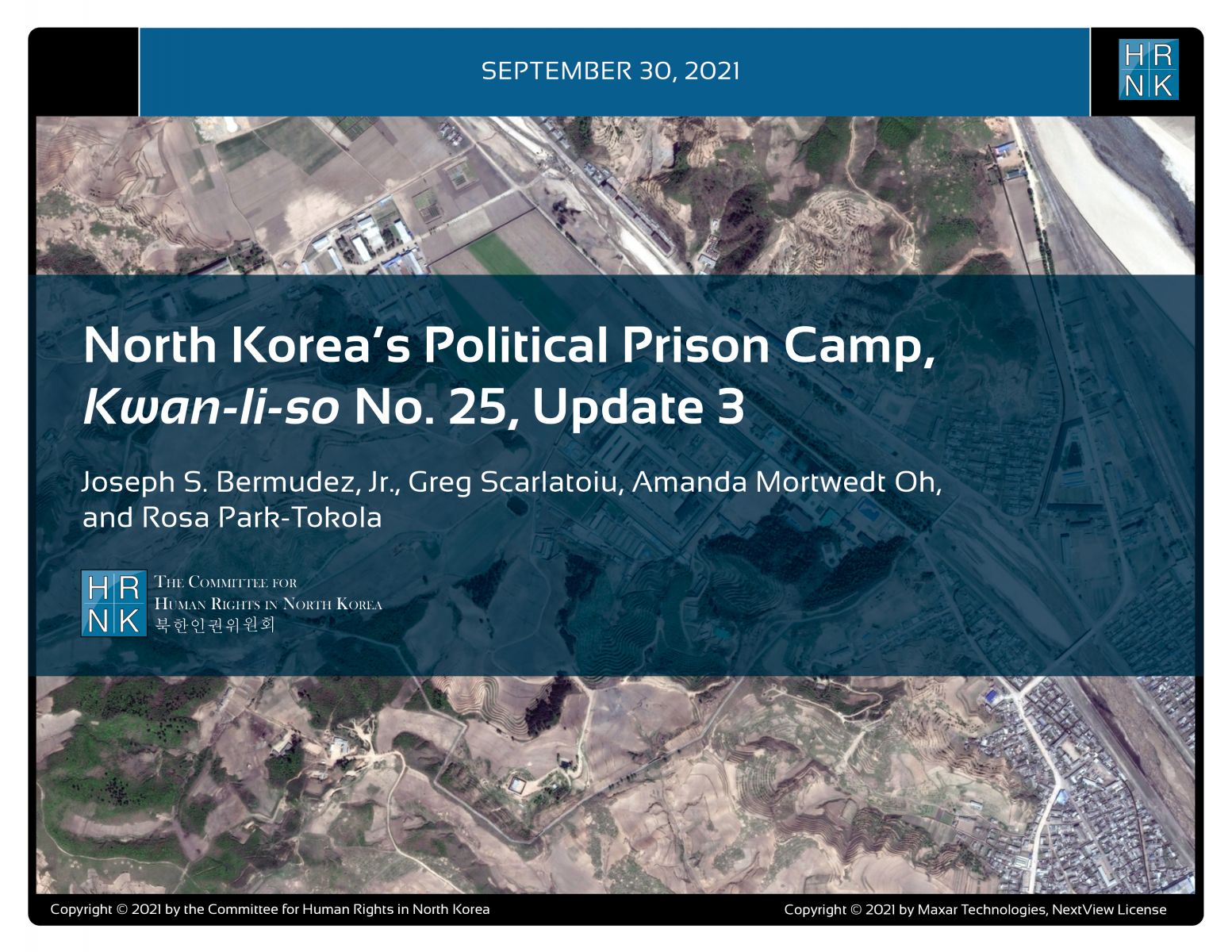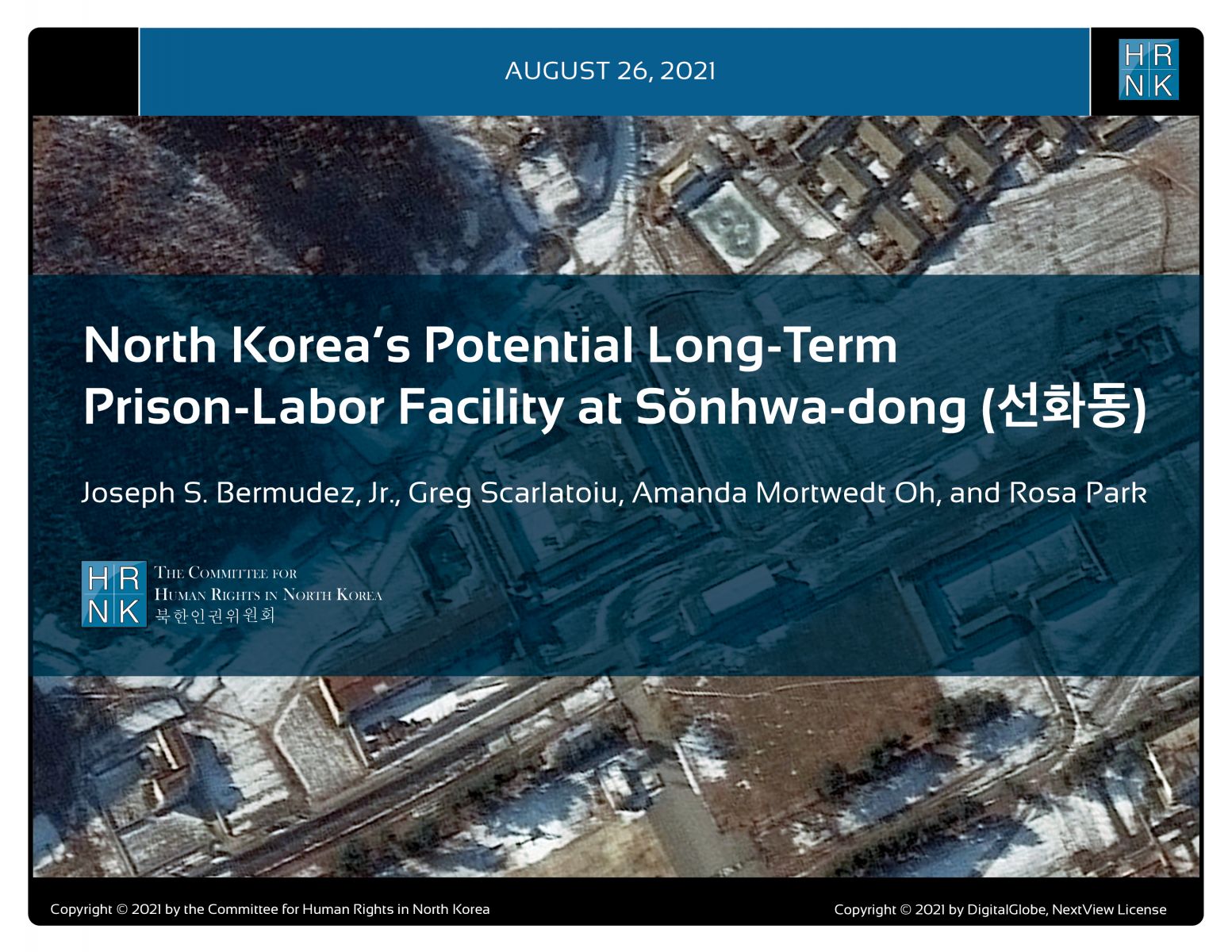In October of 2001, a distinguished group of foreign policy and human rights specialists launched the Committee for Human Rights in North Korea (HRNK) to promote human rights in North Korea.
HRNK’s Guiding Objectives
Close North Korea’s gulags:
Up to 120,000 people are believed to be imprisoned without due process, under inhumane conditions, for political reasons; an estimated 400,000 have died in such camps. We should seek access to the camps for International Red Cross inspection teams, a list of those imprisoned and those responsible for their care, and information regarding their sentences and their conditions. A special effort must be made to release family members detained in the camps without charge, because of the policy of collective punishment for the kin of political prisoners. This practice, and infanticide against inmates’ new-born children should be stopped immediately.
Open North Korea’s borders:
North Korea and China must cease criminalizing the act of leaving North Korea without permission, and the rights of those fleeing North Korea’s political persecution must be respected. Escapees are political refugees who must not be forcibly repatriated. UNHCR must be given access to North Koreans in the border areas. Foreign citizens abducted by the regime and held against their will must be allowed to return to their homes.
Inform North Korea’s Citizens:
Provide information to the North Korean people, especially via radio and other media, ending their forced isolation.
Foster good economic principles:
Encourage companies investing in North Korea to develop a code of conduct, similar to the Sullivan principles that were applied in South Africa to protect workers and other citizens.
Promote access throughout North Korea:
Human rights organizations, and independent media must be given full access to North Korea, thereby ending the information blockade that has prevented the true picture of conditions in North Korea from being known. Both the distribution of and access to humanitarian relief to the North must be adequately and transparently monitored to verify relief is reaching those most in need.
Feed the hungry in North Korea:
Under the regime’s military first policies, food supplies are known to be withheld from those that need it most and provided to those who are categorized as loyal or useful to the regime. Even internationally provided food assistance is reported to be diverted on many occasions. This use of food as a method of political retribution and coercion must stop.
Link Development Assistance to North Korea to tangible improvements in the regime’s human rights record:
Development assistance to the government of North Korea must be predicated on steps taken by it to protect the rights of the people of North Korea, including the right to be free from arbitrary imprisonment and torture, freedom of expression, freedom of religion, freedom of movement, freedom of assembly, and freedom of conscience.
Current Activities:
The Committee’s research and publication activities focus on how the North Korean totalitarian regime abuses the rights of its citizens, its vast system of political prisons and labor camps, the regime’s denial of equal access to food and goods, and the plight of refugees fleeing to China.
Our well documented studies have established our reputation and our leading role in the growing international network of human rights, humanitarian assistance, and policy organizations committed to opening up and revealing North Korea to the rest of the world.
Statement on Government Funding:
The Committee for Human Rights in North Korea (HRNK), founded in 2001 and based in Washington DC, is a non-partisan human rights organization whose principal objective is to raise international awareness of North Korea's human rights situation through the publication of well documented reports and by undertaking outreach activities in support of the recommendations in those reports.
HRNK's funding comes primarily from foundations and individual donors. When the organization accepts funding from governments, it will be to further the mission of HRNK and not for any other purpose. As a non-governmental organization, it is independent from the direction of any government or from being under government influence in any way. It is the objectivity, impartiality and quality of HRNK's reports that have established its reputation and leading role in the network of human rights, humanitarian assistance, and policy organizations focused on North Korea. The organization under all circumstances will uphold its independent and non-political judgement in addressing North Korea's human rights situation.
This is the first satellite imagery report by HRNK on a long-term political prison commonly identified by researchers and former detainees as Kwan-li-so No. 18 (Pukch'ang). This report was concurrently published on Tearline at https://www.tearline.mil/public_page/prison-camp-18.
To understand the challenges faced by the personnel who are involved in North Korea’s nuclear program, it is crucial to understand the recruitment, education, and training processes through the lens of human rights. This report offers a starting point toward that understanding. North Korea’s scientists and engineers are forced to work on the nuclear weapons program regardless of their own interests, preferences, or aspirations. These individuals may be described as “moder
In this submission, HRNK focuses its attention on the following issues in the DPRK: The status of the system of detention facilities, where a multitude of human rights violations are ongoing. The post-COVID human security and human rights status of North Korean women, with particular attention to sexual and gender-based violence (SGBV). The issue of Japanese abductees and South Korean prisoners of war (POWs), abductees, and unjust detainees.
This report provides an abbreviated update to our previous reports on a long-term political prison commonly identified by former prisoners and researchers as Kwan-li-so No. 25 by providing details of activity observed during 2021–2023. This report was originally published on Tearline at https://www.tearline.mil/public_page/prison-camp-25.
This report explains how the Kim regime organizes and implements its policy of human rights denial using the Propaganda and Agitation Department (PAD) to preserve and strengthen its monolithic system of control. The report also provides detailed background on the history of the PAD, as well as a human terrain map that details present and past PAD leadership.
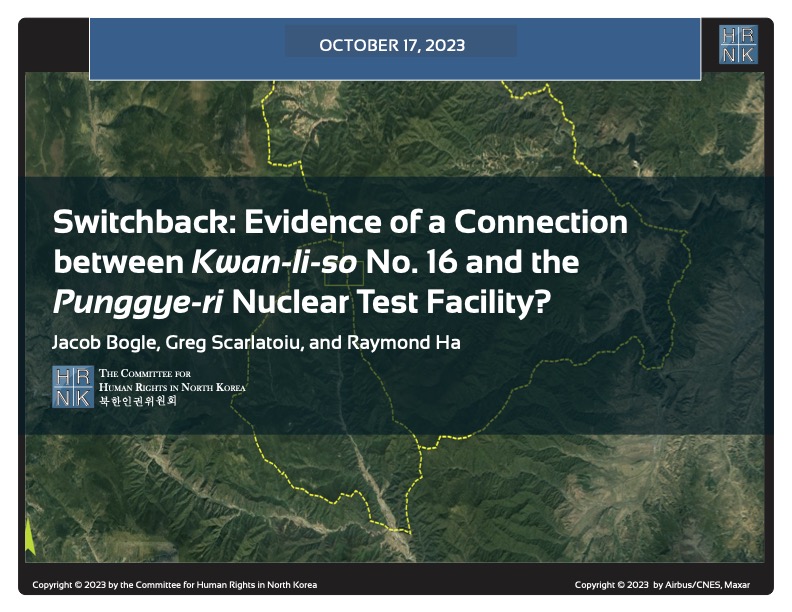
HRNK's latest satellite imagery report analyzes a 5.2 km-long switchback road, visible in commercial satellite imagery, that runs from Testing Tunnel No. 1 at North Korea's Punggye-ri nuclear test facility to the perimeter of Kwan-li-so (political prison camp) no. 16.
This report proposes a long-term, multilateral legal strategy, using existing United Nations resolutions and conventions, and U.S. statutes that are either codified or proposed in appended model legislation, to find, freeze, forfeit, and deposit the proceeds of the North Korean government's kleptocracy into international escrow. These funds would be available for limited, case-by-case disbursements to provide food and medical care for poor North Koreans, and--contingent upon Pyongyang's progress
For thirty years, U.S. North Korea policy have sacrificed human rights for the sake of addressing nuclear weapons. Both the North Korean nuclear and missile programs have thrived. Sidelining human rights to appease the North Korean regime is not the answer, but a fundamental flaw in U.S. policy. (Published by the National Institute for Public Policy)
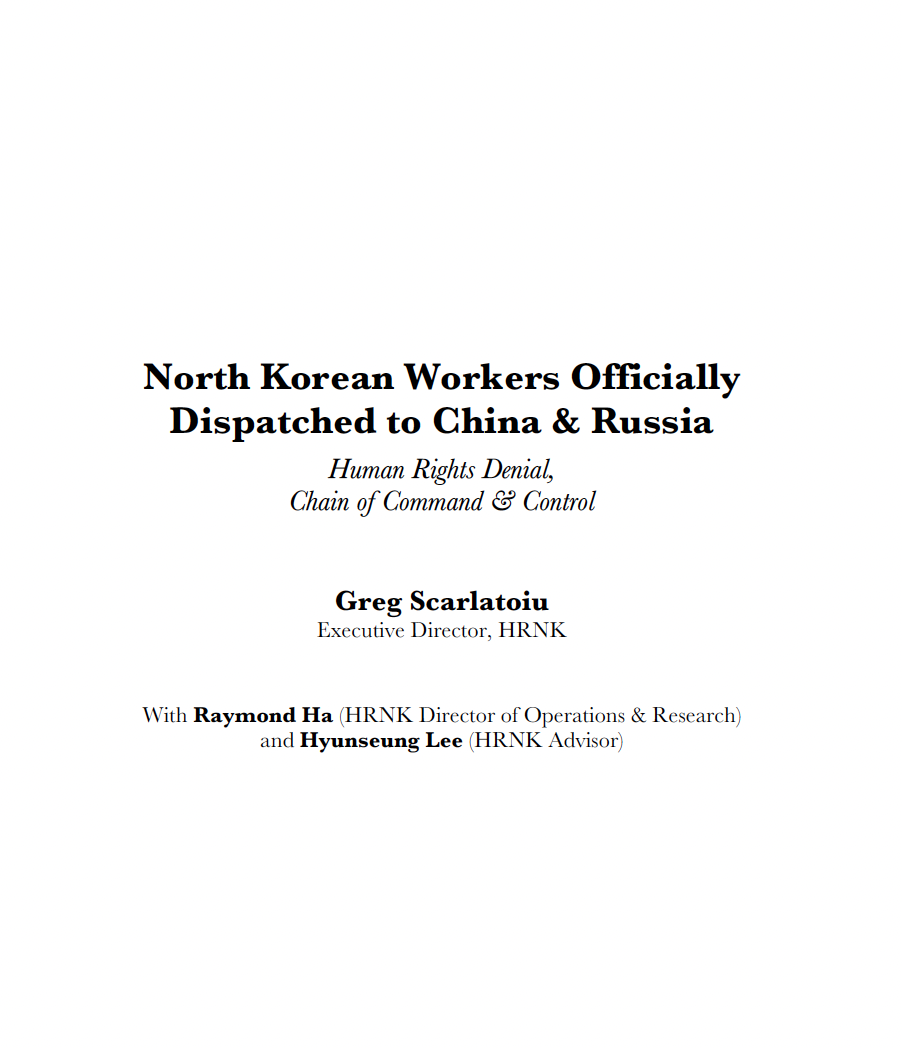
North Korea’s forced labor enterprise and its state sponsorship of human trafficking certainly continued until the onset of the COVID pandemic. HRNK has endeavored to determine if North Korean entities responsible for exporting workers to China and Russia continued their activities under COVID as well.
George Hutchinson's The Suryong, the Soldier, and Information in the KPA is the second of three building blocks of a multi-year HRNK project to examine North Korea's information environment. Hutchinson's thoroughly researched and sourced report addresses the circulation of information within the Korean People's Army (KPA). Understanding how KPA soldiers receive their information is needed to prepare information campaigns while taking into account all possible contingenc
This report is part of a comprehensive long-term project undertaken by HRNK to use satellite imagery and former prisoner interviews to shed light on human suffering in North Korea by monitoring activity at political prison facilities throughout the nation. This is the second HRNK satellite imagery report detailing activity observed during 2015 to 2021 at a prison facility commonly identified by former prisoners and researchers as “Kwan-li-so No. 14 Kaech’ŏn” (39.646810, 126.117058) and
This report is part of a comprehensive long-term project undertaken by HRNK to use satellite imagery and former prisoner interviews to shed light on human suffering in North Korea by monitoring activity at civil and political prison facilities throughout the nation. This study details activity observed during 1968–1977 and 2002–2021 at a prison facility commonly identified by former prisoners and researchers as "Kyo-hwa-so No. 3, T'osŏng-ni" and endeavors to e
This report is part of a comprehensive long-term project undertaken by HRNK to use satellite imagery and former detainee interviews to shed light on human suffering in the Democratic People’s Republic of Korea (DPRK, more commonly known as North Korea) by monitoring activity at political prison facilities throughout the nation. This report provides an abbreviated update to our previous reports on a long-term political prison commonly identified by former prisoners and researchers as Kwan-li-so
Through satellite imagery analysis and witness testimony, HRNK has identified a previously unknown potential kyo-hwa-so long-term prison-labor facility at Sŏnhwa-dong (선화동) P’ihyŏn-gun, P’yŏngan-bukto, North Korea. While this facility appears to be operational and well maintained, further imagery analysis and witness testimony collection will be necessary in order to irrefutably confirm that Sŏnhwa-dong is a kyo-hwa-so.
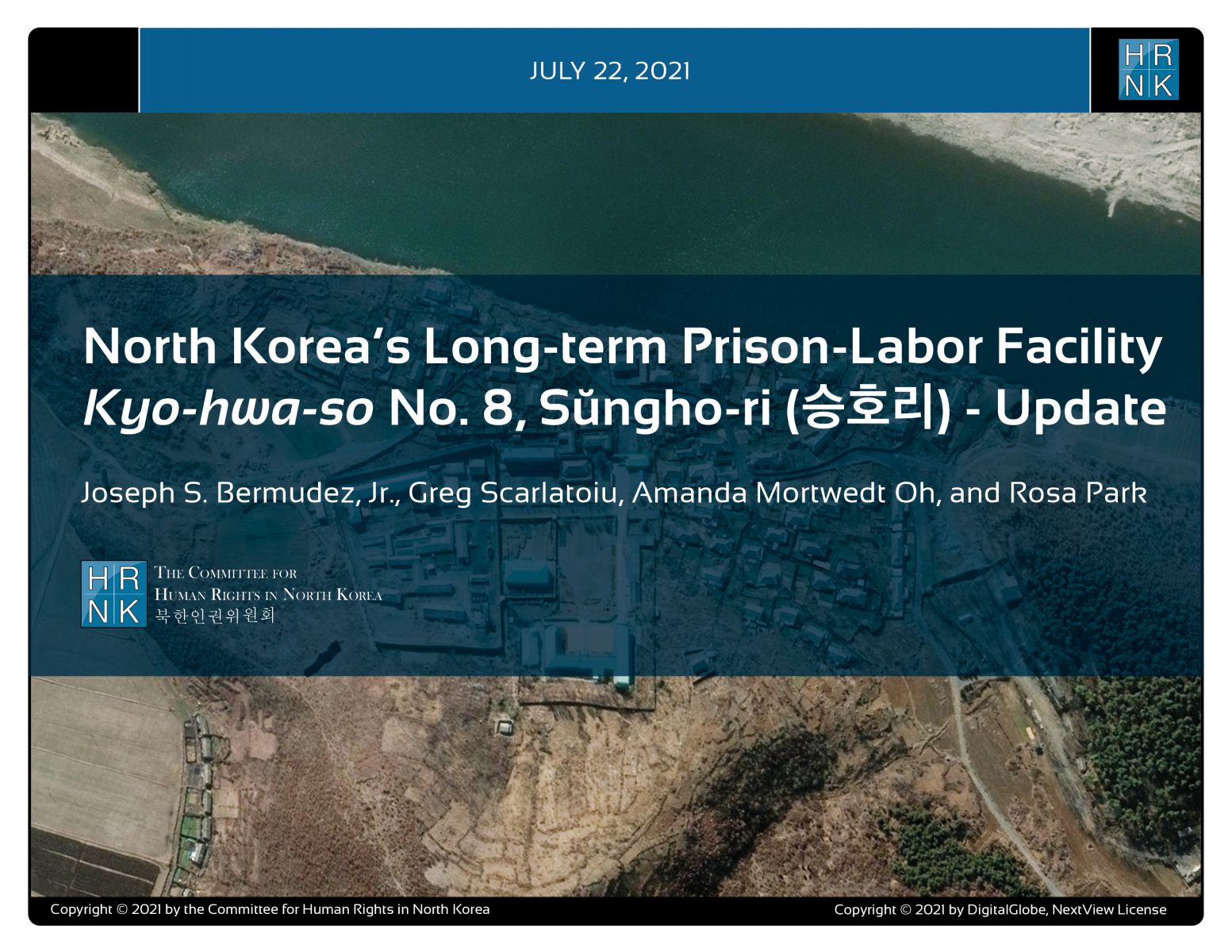
"North Korea’s Long-term Prison-Labor Facility Kyo-hwa-so No. 8, Sŭngho-ri (승호리) - Update" is the latest report under a long-term project employing satellite imagery analysis and former political prisoner testimony to shed light on human suffering in North Korea's prison camps.
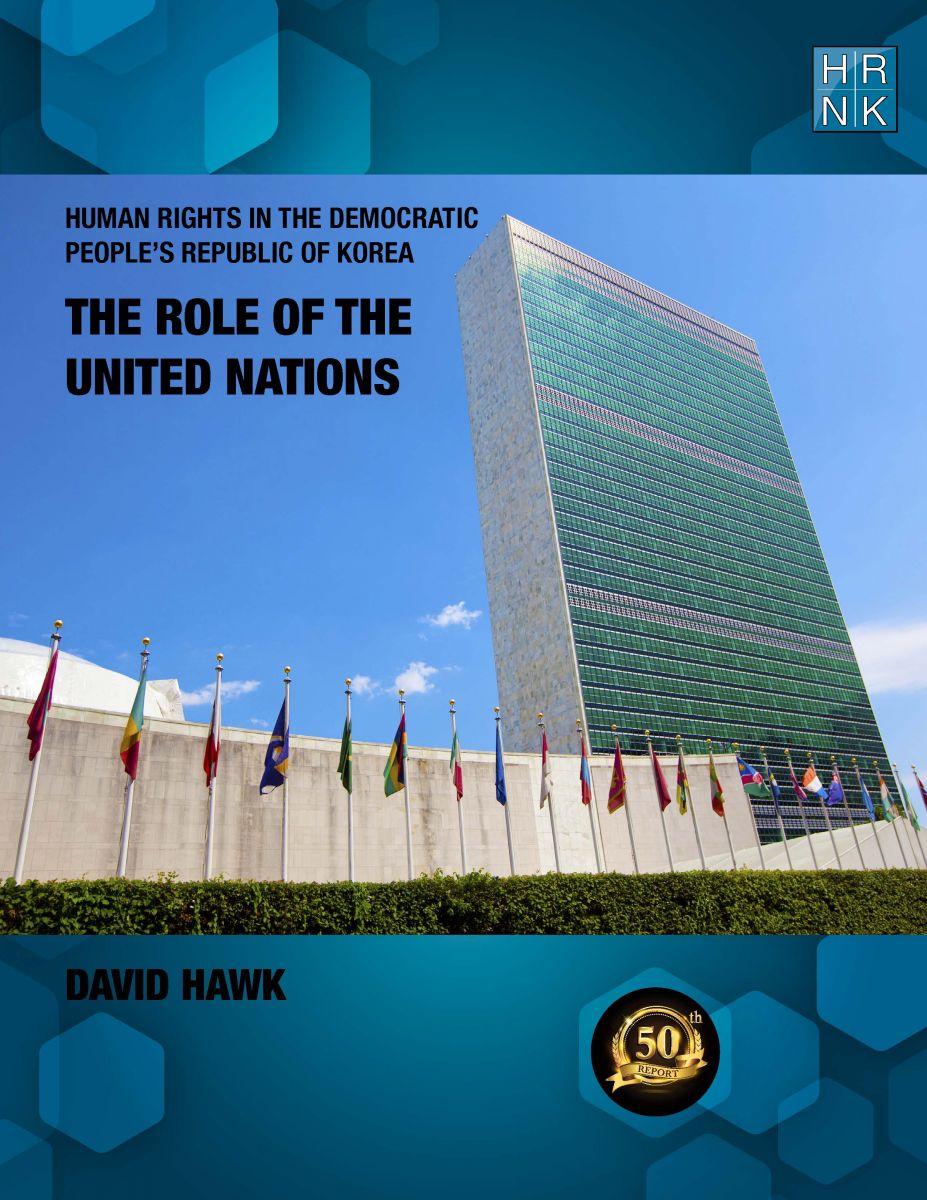
Human Rights in the Democratic Republic of Korea: The Role of the United Nations" is HRNK's 50th report in our 20-year history. This is even more meaningful as David Hawk's "Hidden Gulag" (2003) was the first report published by HRNK. In his latest report, Hawk details efforts by many UN member states and by the UN’s committees, projects and procedures to promote and protect human rights in the DPRK. The report highlights North Korea’s shifts in its approach
South Africa’s Apartheid and North Korea’s Songbun: Parallels in Crimes against Humanity by Robert Collins underlines similarities between two systematically, deliberately, and thoroughly discriminatory repressive systems. This project began with expert testimony Collins submitted as part of a joint investigation and documentation project scrutinizing human rights violations committed at North Korea’s short-term detention facilities, conducted by the Committee for Human Rights
